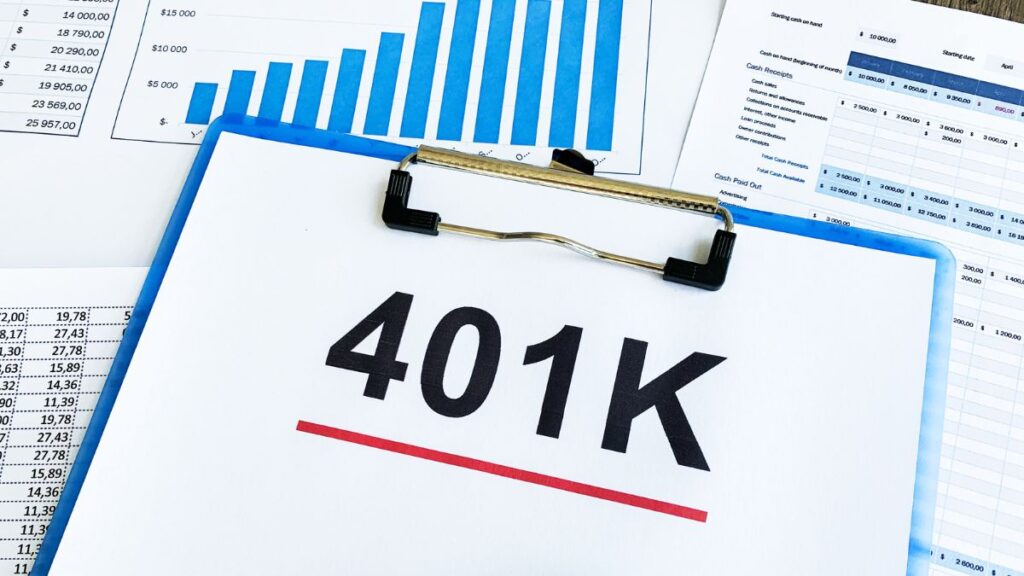401(k) plans are among the most widely used retirement savings options in the United States. However, the rules surrounding these plans will undergo significant changes starting in 2025, thanks to the SECURE 2.0 Act.
This legislation aims to help Americans save more effectively for their retirement by introducing various new measures. Here’s everything you need to know about the major changes coming to 401(k) plans in 2025.
Key 401(k) Changes in 2025
Automatic Enrollment for New 401(k) Plans
One of the most impactful changes under the SECURE 2.0 Act is automatic enrollment in 401(k) plans. Previously, employees had to manually enroll in their employer’s 401(k) plan, which led many to delay or skip enrollment altogether.
Starting in 2025, all new 401(k) plans will automatically enroll eligible employees unless they choose to opt-out.

This change applies to most employers except small companies with fewer than 10 employees, businesses under three years old, churches, and government organizations. Initial contribution rates will typically range from 3% to 10% of an employee’s salary, with the most common being 6%.
Employees’ contribution rates will increase annually by 1% until they reach the employer’s maximum limit, which could be either 10% or 15%.
Quicker Eligibility for Part-Time Workers
Part-time employees must work either 1,000 hours in a year or 500 hours over three consecutive years to qualify for a 401(k) plan.This period will be shortened to two consecutive years in 2025, which will facilitate part-time employees’ participation in their employer’s 401(k) programs.
This change is designed to help part-time workers save for retirement faster and utilize employer contributions.
Higher Catch-Up Contributions for Older Workers
As retirement savings for older adults in the U.S. are alarmingly low, the SECURE 2.0 Act is increasing catch-up contributions for employees aged 60 to 63. Starting in 2025, these people will be allowed to add up to $10,000 or 50% more than the usual extra limit, whichever is greater.
Currently, the catch-up limit for those aged 50 and older is $7,500, but for those in the 60-63 age range, the increased limit will allow them to save significantly more as they approach retirement. This contribution limit will also be indexed for inflation, ensuring that it keeps pace with rising costs.
401(k) Contribution Limits (2025)
| Age Group | 2024 Catch-Up Contribution Limit | 2025 Catch-Up Contribution Limit |
|---|---|---|
| 50 and older | $7,500 | $7,500 |
| 60 to 63 | N/A | $10,000 or 50% more than the current limit |
How These Changes Will Benefit Americans

These changes are designed to make 401(k) plans more accessible and to help employees save more for their future. Automatic enrollment will ensure more workers start saving earlier, while quicker eligibility for part-time workers ensures no one is left behind.
Additionally, older employees will benefit from higher catch-up contributions, allowing them to boost their retirement savings in the critical years before retirement.
The SECURE 2.0 Act is bringing about significant improvements to 401(k) plans, with automatic enrollment, quicker eligibility for part-time workers, and higher catch-up contributions for older employees. These changes will take effect in 2025, giving Americans more opportunities to save for retirement.
FAQs
The SECURE 2.0 Act is legislation designed to improve retirement savings options in the U.S., with many changes to 401(k) plans starting in 2025.
Starting in 2025, all new 401(k) plans will automatically enroll eligible employees at a contribution rate set by their employer, unless they choose to opt out.
In 2025, workers aged 60 to 63 can contribute up to $10,000 or 50% more than the regular catch-up limit, whichever is higher.
Yes, starting in 2025, part-time employees can qualify for a 401(k) plan after two consecutive years of working 500 hours, down from the current three years.
Older employees, especially those aged 60 to 63, will be able to make larger catch-up contributions, helping them save more as they approach retirement.




